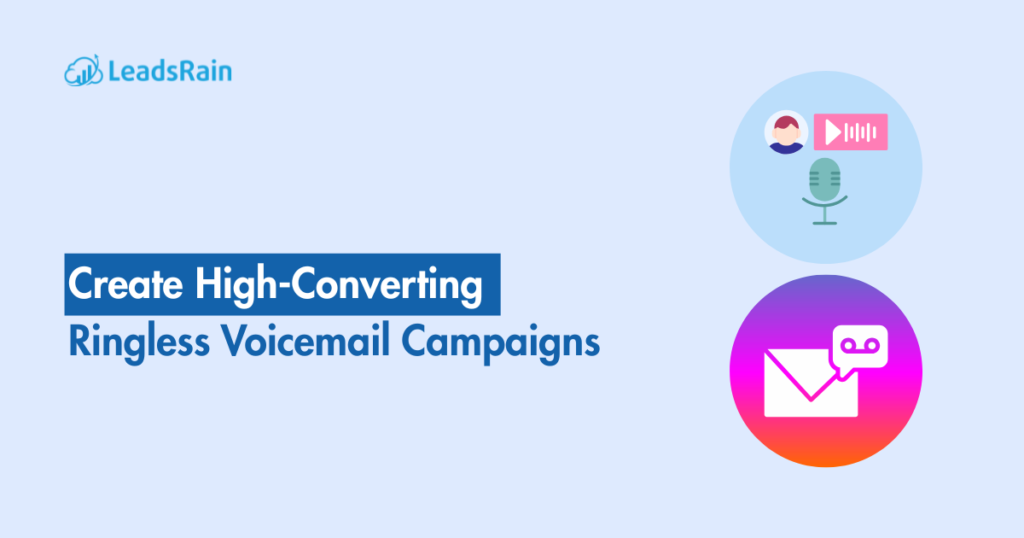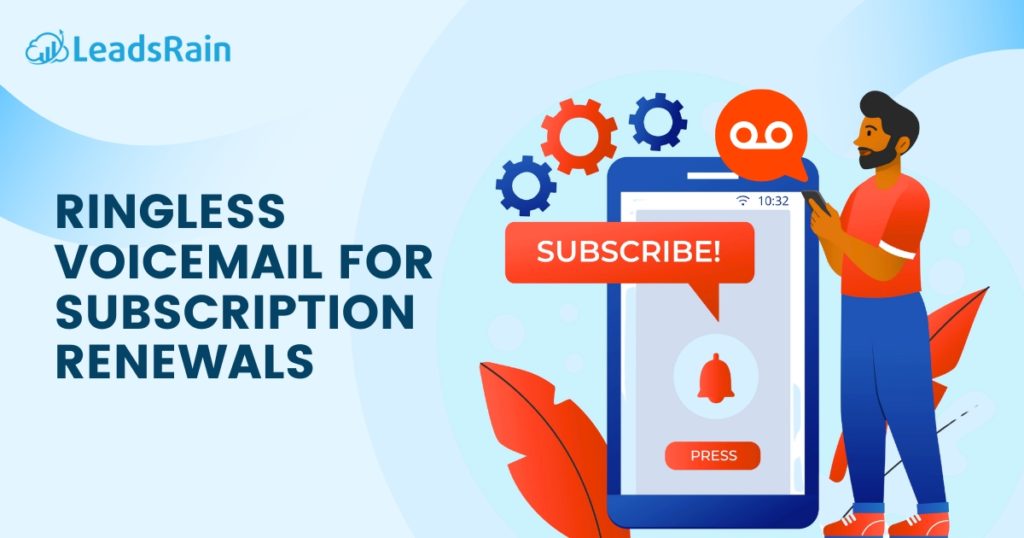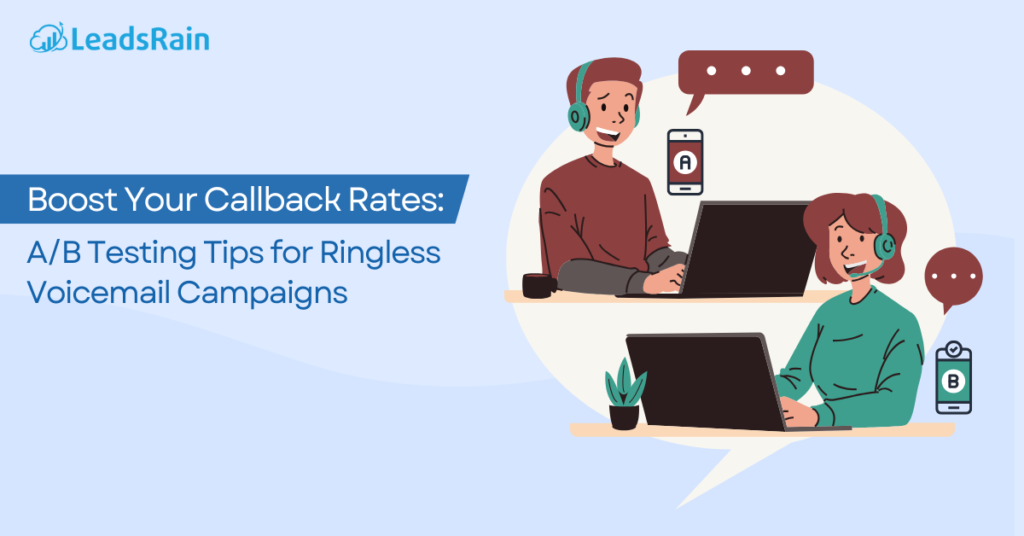Follow-up communications are key to SMEs when it comes to converting leads and building identity. However, what many miss out on is a well thought out strategy for follow-up. A study has shown that although their top goal is to generate sales, SMEs devote little time to work on their leads through follow-ups. It should be noted that about 80% of the closed leads are getting closed only after about 5-10 times of follow up communications and yet a vast majority of SMEs drop following up after only the second attempt due to lack of time.
What we have here is first, a motive for you to structure a Cross Channel follow-up communication strategy, and secondly, use it on an automation platform, so you never have to worry about your leads again being dropped again.
What makes cross-channel automation necessary for follow-up communication is that it avoids some of the common mistakes made by most omnichannel communication and at the same time provides rich data. Moreover, it allows you to act on your existing data and craft a well thought, data-driven campaign that can be automated on every stage of communication.
Today, there are a lot of concerns with the follow-up strategies that are not automated and it is seen that this is because as a marketer you may not know when to stop and what channel to use at what stage.
Common Mistake while using Omni-Channel
Lack of specific Target Group:
You may not be targeting the right kind of audience in the sense that you may have a vast number of contacts that may not fit the criteria of your customer profile. Targeting them is a waste of resources because your solution may not adhere to them at all.
Right communication, Wrong platform:
Some messages may not be right for a certain platform, and this is where omnichannel communication falls short of. Take a statistical approach in designing your automation campaign to assign the right communication to the right channel, so the TG are addressed at their desired platform.
More is not always better:
Continuously calling more numbers may not always bring the best of results because often, following up on them will tell you that they were not really interested in your product, to begin with. They simply half-heartedly said yes, the first time. This is how you get non-productive leads and a lot of time and resources wasted
Learn from History:
Not that kind of history. Look at the past touchpoints and fill the communication gap at the next step. This will keep you engaged with the leads and give them the required answers.
Over Outreaching:
Don’t only look at the calls answered. Examine the response as positive or negative to plan your next move or drop the leads. These classifications must be necessary to avoid over-outreaching with the same communication. If you do not pivot quickly you will lose out on important leads or tamper your brand identity.
Why Multi-channel?
Now, although a follow-up strategy is essential, let’s discuss why it should be done through cross-channel communication? Here is a comparison of omnichannel and cross-channel communication.
Properties and offerings of Omnichannel approach for communication
- Omnichannel is cost-effective since you only work on a single platform of communication.
- It is exhaustive to carry out every level of communication on the same platform. A particular channel offers a certain set of advantages that may not apply to other messages to be delivered.
- It has a very narrow scope.
- It cannot promise quick response and hence, not quick returns.
Properties and offerings of Cross-channel for communication
- It is costly in the short term, but it saves up on time, efforts and drops fewer leads, and hence it is less costly in the long run.
- It has a broad focus and looks at the marketing funnel closely.
- Needs a definitive channel of communication-based on the end goal in mind.
- Consistent messaging with quick responses and covers more consumers easily in a short time.
- Provides more overall data on audience behavior.
- Makes for better tracking metrics.
In conclusion, an omni-channel will make your brand handicap in terms of communication. A cross-channel allows more scope to connect with a wide range of Target Groups at various stages of the marketing funnel through the right medium of communication like Ringless Voicemails, Text Messages, Voice Broadcast, Email Broadcast, etc.
Now, this exercise might be time-consuming and as an SME, one of the biggest problems you face is the lack of time. That is why LeadsRain is coming up with an AI-powered follow-up automation platform. The platform is being created to streamline follow-up communication, increase engagement, and automate cross-channel workflow.
Automation enables the brand with personalized messaging at scale, an important part of follow-up communication. With a cross-channel approach designing an automation campaign may be difficult since each platform stores data differently. Another advantage that LeadsRain will offer is that since you will be working on a single dashboard, the data will be compiled and managed easily.
BFSI has popularly used cross-channel Automation campaigns and the automation industry has been strong suiters for this technology. However, brands often use it to create recall value and brand reputation. Reminders about term renewals and expiry are also accessible on this medium. It is important to identify the end goal and take into perspective the relevant data points to define each stage, leading up to that goal.
What makes follow-up automation necessary?
With all the talk about AI-powered automation platforms, what makes it necessary to have them in today’s telemarketing campaigns? When it comes to telemarketing software, there are limited options to equip your campaign with automation tools.
As mentioned earlier, it takes multiple follow-ups to close a lead, these follow-ups need to happen at the right time, with the right message, through the right medium like Voice Broadcast, Text Messages, Ringless Voicemails, Bulk Emails etc., And this is where automation comes in. Not only does automation allow effective time management and lowers the leads dropped, but it also builds a healthy brand identity. All it requires is carefully designing the actions at various stages.
Combining the automation with the CRM is another possibility that will allow you to track the campaign live at any given time and evaluate the performance of each stage. You can identify if a certain stage is performing poorly and dropping more leads than processing them to the next stage.
For instance, your data may say that a high number of calls get answered at a certain time of the day, and so you use that medium to communicate your message, but if the answered calls do not get converted, then there is a problem in the communication. Enable your brand to be more focused on your campaign with minimal efforts.
On using the platform, you will realize that you can use either A-B testing, or take a data-driven approach, provided that you have data to back your campaign, or even both, to justify and define each stage of the automation campaign. With that said, over a period of time you will arrive at a stage where your automation is driving maximum revenue through lead nurturing and lead generation. Find out more about the various channels of communication that can be used and the important features about the same on our website.





